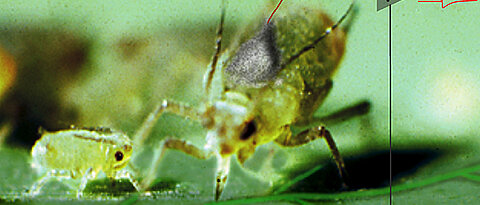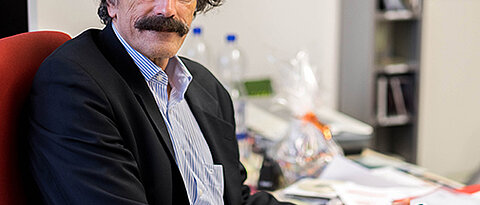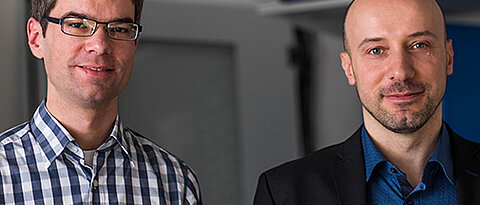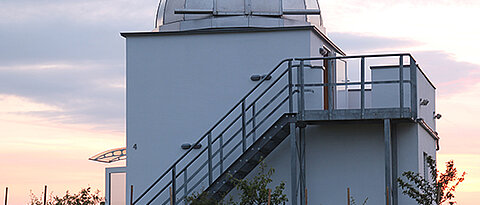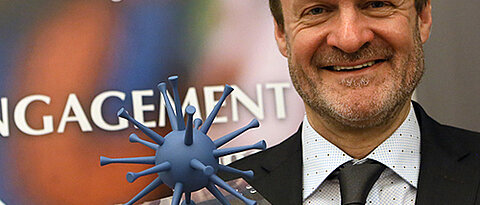Hermits in American culture
04/29/2016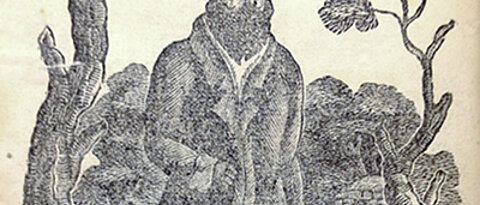
19th century recluses who withdrew to the solitude of caves – modern people who deliberately live a life of abstinence: these are parallels drawn by Ina Bergmann, an American Studies scholar. Her research on the subject has been rewarded with two scholarships.
more

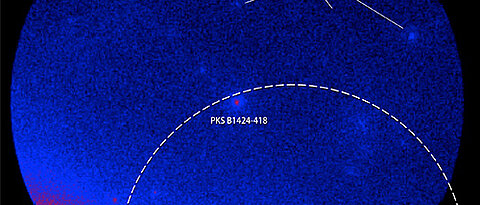
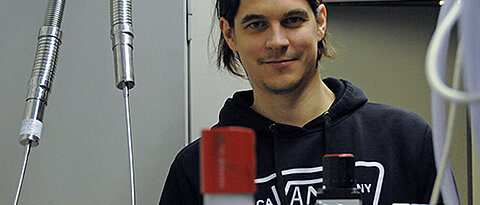
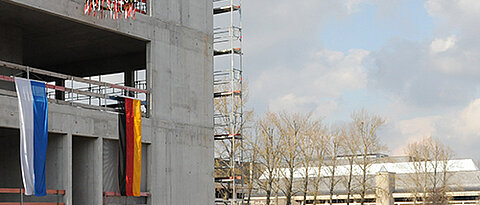
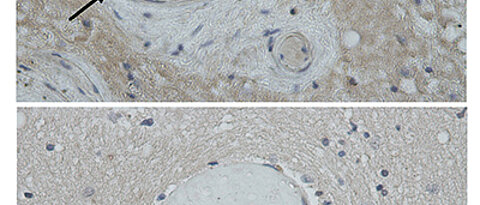
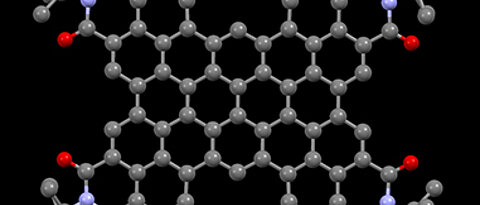
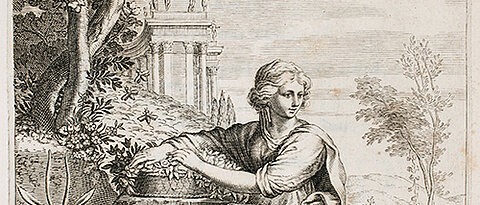
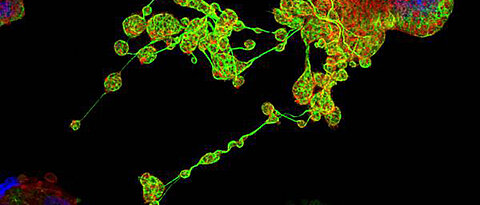
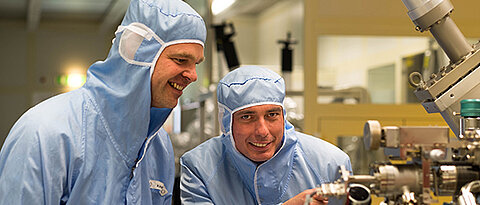
![[Translate to Englisch:] Gemeinsam für Inklusion und Barrierefreiheit: Professor Reinhard Lelgemann, Irmgard Badura, Uni-Präsident Alfred Forchel und Sandra Mölter (v.l.). Together for inclusion and accessibility: Professor Reinhard Lelgemann, Irmgard Badura, university president Alfred Forchel and Sandra Mölter (from left).](/fileadmin/_processed_/f/d/csm_0327IMG_1641_STARTSEITE_5cb1726c6a.jpg)
